How to grow your own peaches: The best varieties to choose, where to plant them, and how to keep them safe
Yes, you can grow peaches in Britain — so long as you know a few simple tips. Mark Diacono explains more.
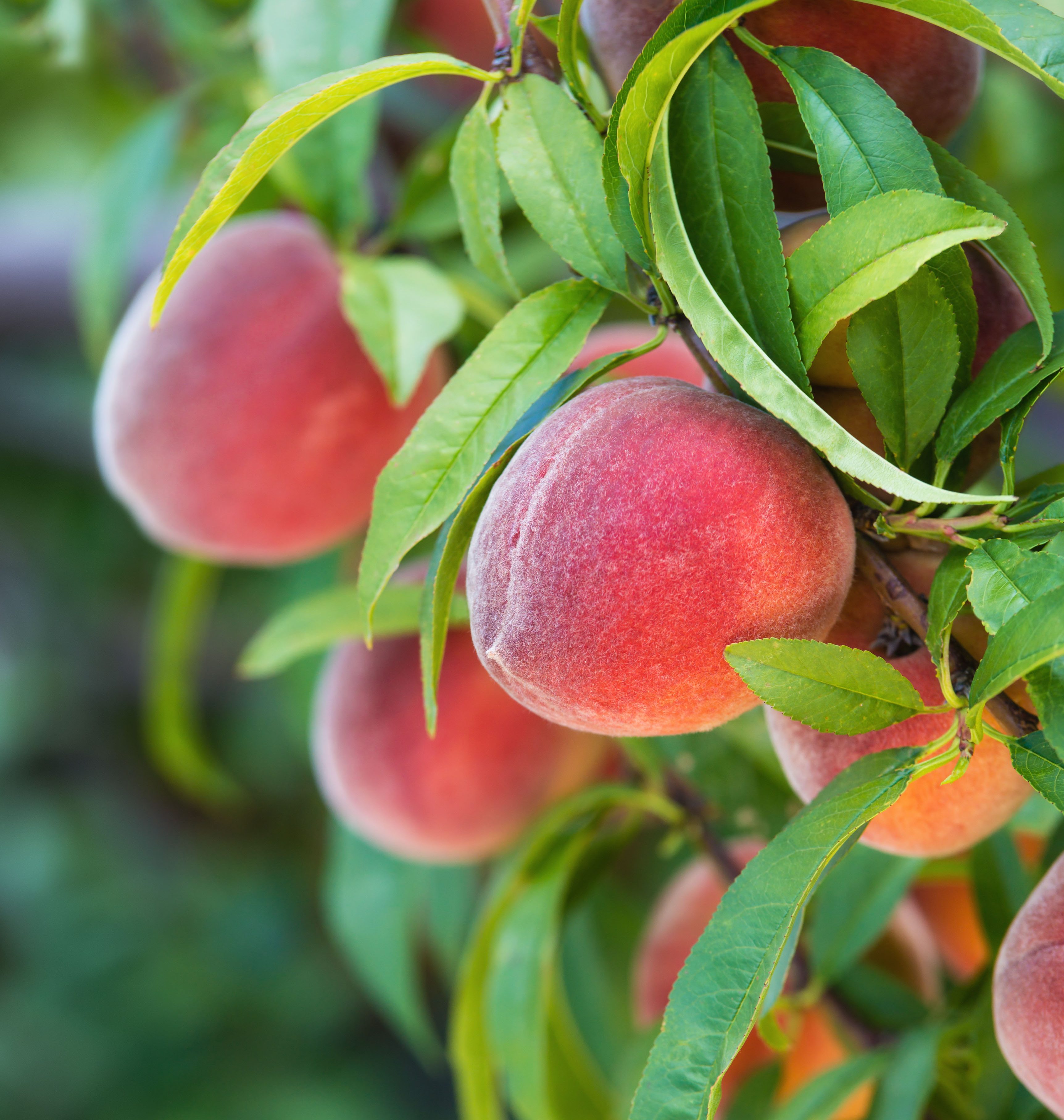

The first homegrown peach I ever ate remains as clear in my mind as the day I ate it. Every time I eat one from the shops, I think of it; it’s like looking at a photo of the one you love when they are elsewhere.
That first peach fell at my feet. Idling in the shade of the tree, drawn by the fragrant scent of its fruit, I was disturbed by a dull thud and the rustle of dry grass. The tree had ripened a peach all it could — and let it go. It smelled like heaven, sweet, rich and good. I inhaled its perfume as I do a good single malt.
Eating a perfectly ripe peach is an experience: it is as much a drink as food. The juiciness as much as the flavour made me laugh; they are almost impossibly fine. I quickly learnt to lean forward, my mouth beyond my feet, to avoid soaking trousers and shoes.
Much of the splendour of home-grown peaches and nectarines is owed to being able to harvest them at their peak, rather than early and firm, many days ahead of perfection, so they can stand the trip to the supermarket shelves. A peach or nectarine will tell you it’s approaching its peak with its scent — you can smell it from yards away and nectarines will often deepen in colour as the moment to pick them nears.
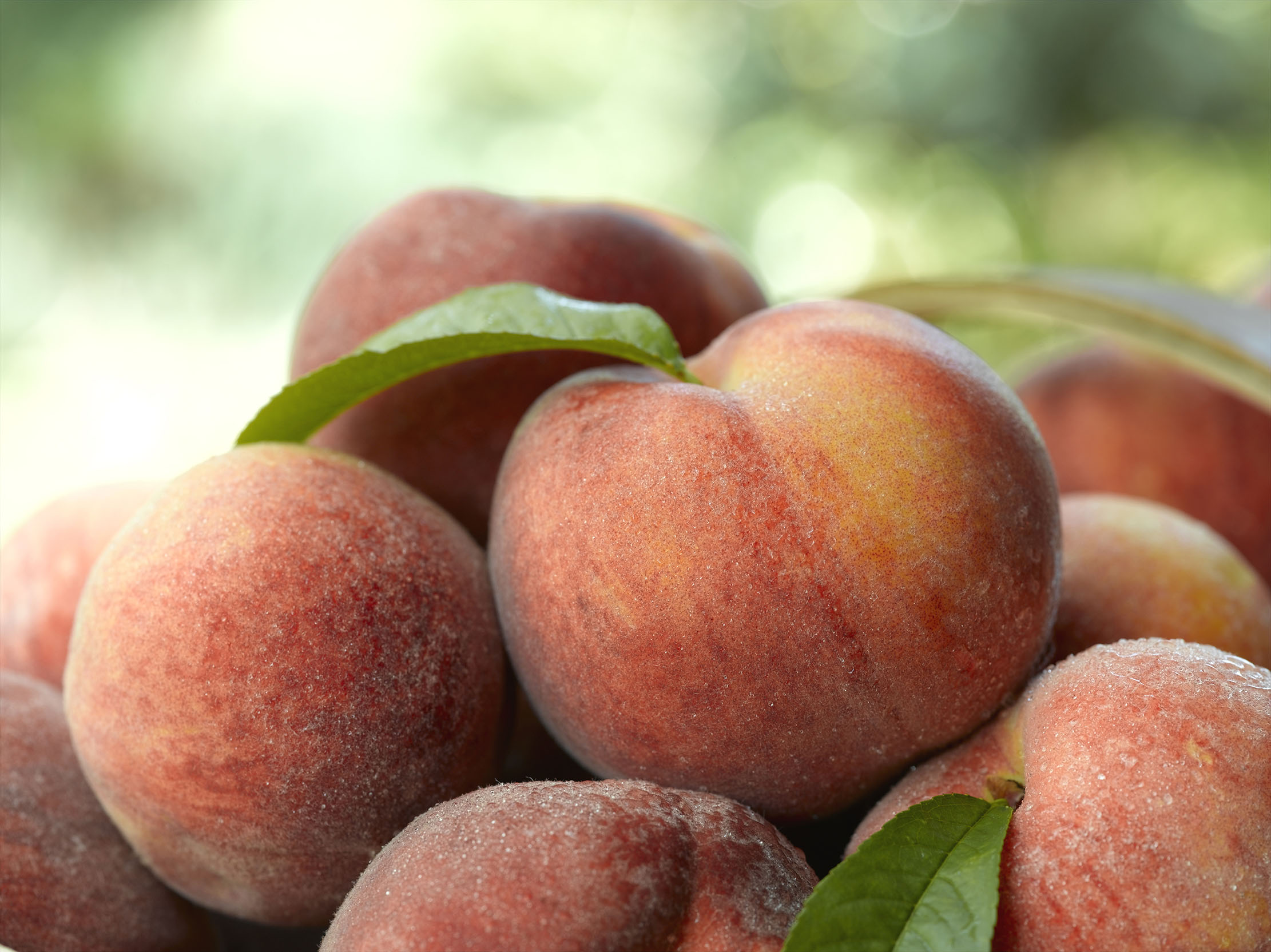
Sadly, we can’t sit under the tree waiting for them to fall. Once that scent draws you in, it’s time to cup each ripening fruit in the palm of your hand and turn it with as little grip as possible; when it’s ready, it will drop with no persuasion. A gentle hand is vital. Don’t squeeze the fruit — any pressure damages the flesh, accelerates decay and draws the wasps.
Peaches and nectarines are marginal for most of the country — they are unlikely to produce heavily every year — but every mouthful justifies their space in the garden. Happily, both are self-fertile, so one tree will give you fruit and, if space is an issue, both take well to fan training.
There are some seriously dwarfing trees — 6ft tall at most, that can be grown in 20in pots. There are plenty of varieties available, but I find Peregrine and Rochester peach, Lord Napier and Pineapple nectarines take some beating for flavour.
Exquisite houses, the beauty of Nature, and how to get the most from your life, straight to your inbox.
Their marginality is not so much that our summers are too short or cool — peaches and nectarines usually ripen in July and early August outside — but rather that the flowers have to avoid late frosts. The easiest way to ensure this is to grow them in a polytunnel or greenhouse, or against a sunny wall. Fleece can be effective in softening the potential damage of a late hard frost.
Spring rains can bring leaf curl, a fungal disease that causes the leaves to blister and can weaken a tree sufficiently to cause it to drop developing fruit. It is a nuisance that’s hard to treat, so is best avoided by growing undercover or using a temporary cover — fleece or a sheet of transparent plastic — to keep the rain off. Rochester peach has a little leaf-curl resistance, too.
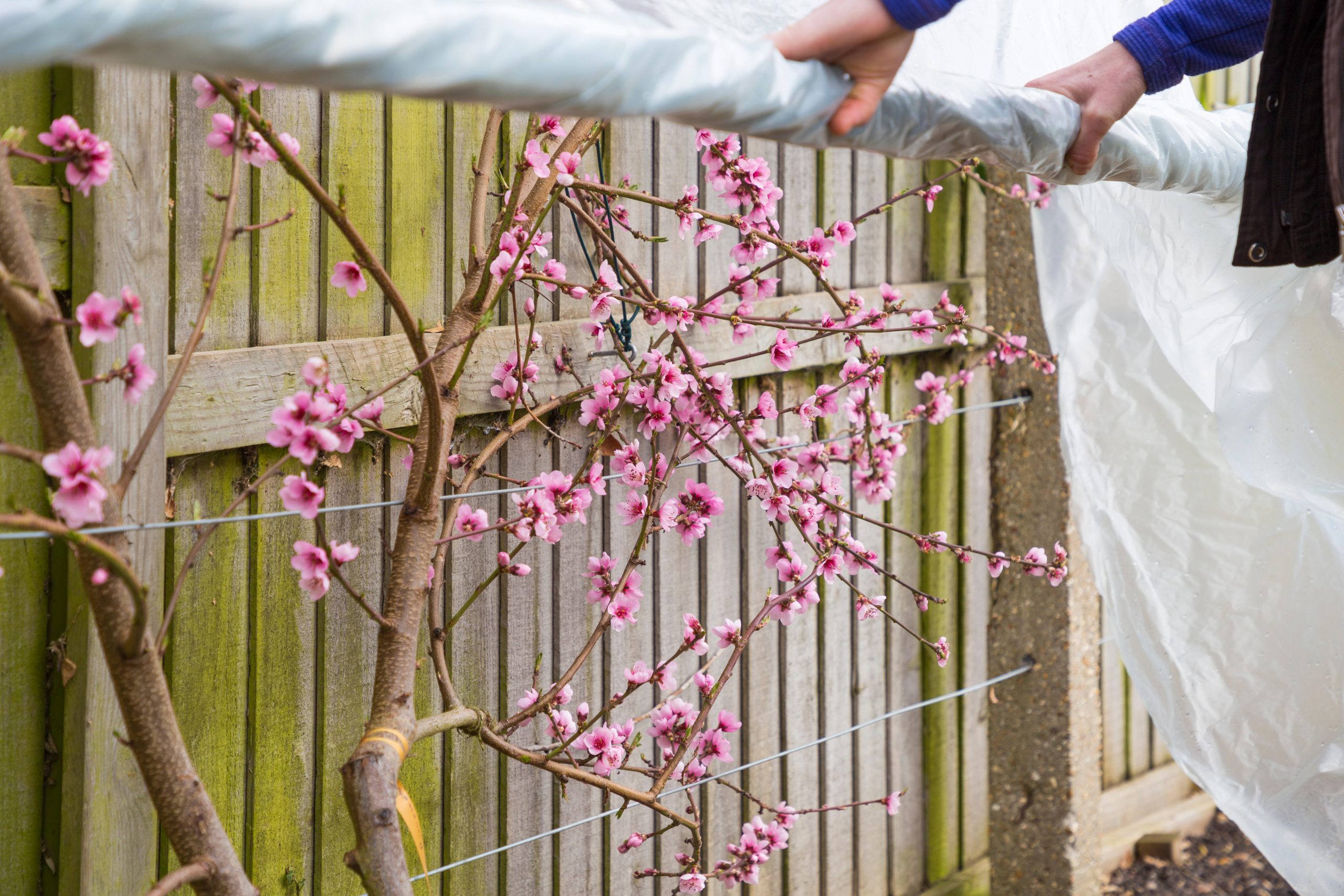
Small details accrue to improve your chance of success with peaches and nectarine. Give them the sunniest, most sheltered of well-drained spots, feed them fortnightly from flowering to harvest with a high-potassium liquid feed — you can spray this on the leaves.
As painful as it seems, it’s good to thin the fruit when they are small to ensure fruit are 4in apart to direct the plant’s energies to ripening fruit that have light and air to develop.
Prune in summer, on a dry warm day immediately after picking, to minimise the likelihood of canker and silver leaf. Bear in mind that peaches and nectarines fruit on branches and shoots grown the previous year, so prune out older wood and crossing branches to allow newer growth to take over.
Prune to a growth bud: you can tell these from plump fruit buds, as they are more pointed. This encourages new shoots to form, which will hopefully fruit the subsequent year.
The combination of being early flowering and using a cover can make pollination by insects patchy, so I tend to use a soft brush to dot pollen from flower to flower — it makes a huge difference to fruit set. Dodge frost damage and leaf curl and you should have every chance of juicy summer fruit.
Mark Diacono grows all manner of edibles at his home, Otter Farm. Read more of his columns for Country Life here.
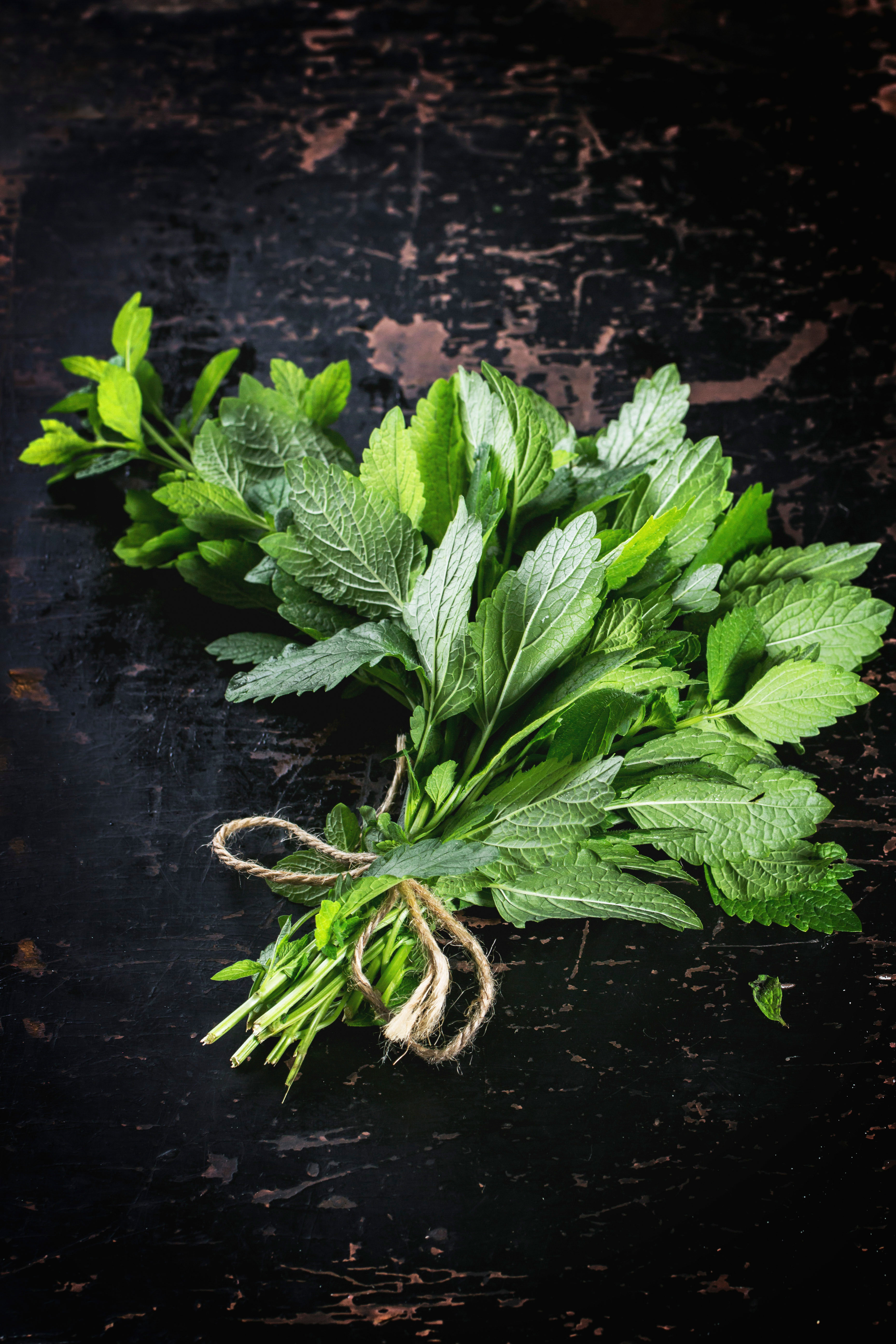
Credit: Alamy
Cultivating mint: What varietals to plant, where to plant them and whether they should be used for jelly or juleps
Mark Diacono explains why mint is for even the incurably incompetent horticultural enthusiast.
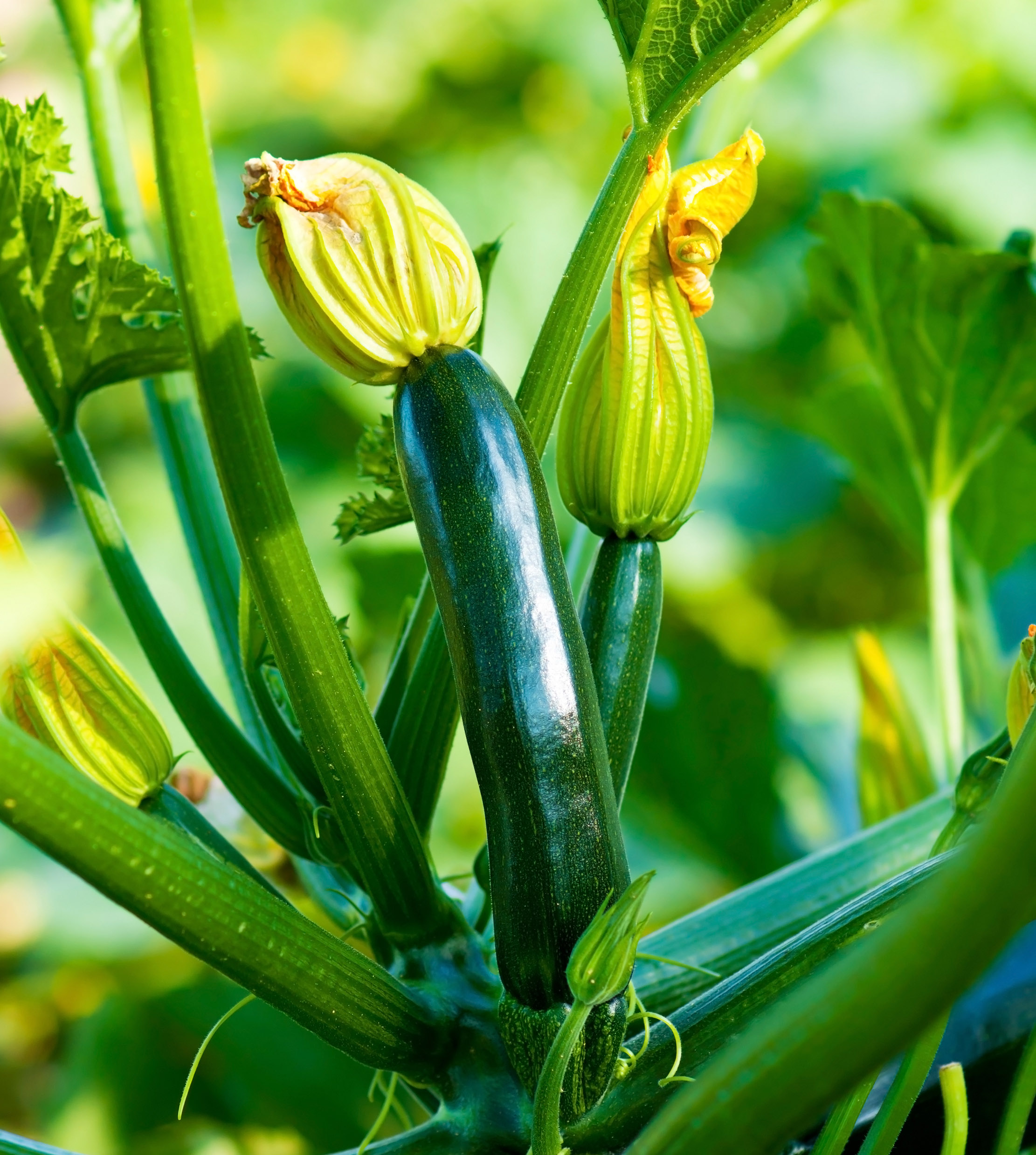
Credit: Getty Images/iStockphoto
Grow your own courgettes: What to plant, when to plant it... and why size really does matter
Mark Diacono shares his tips on the surprisingly simple yet hugely rewarding art of growing courgettes.
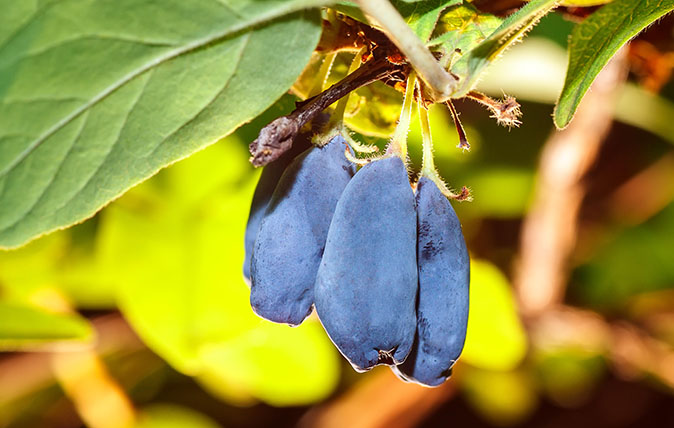
How to enjoy home-grown berries for seven months of the year
Mark Diacono offers us some berry good advice for enjoying our breakfast favourites, whatever the season.
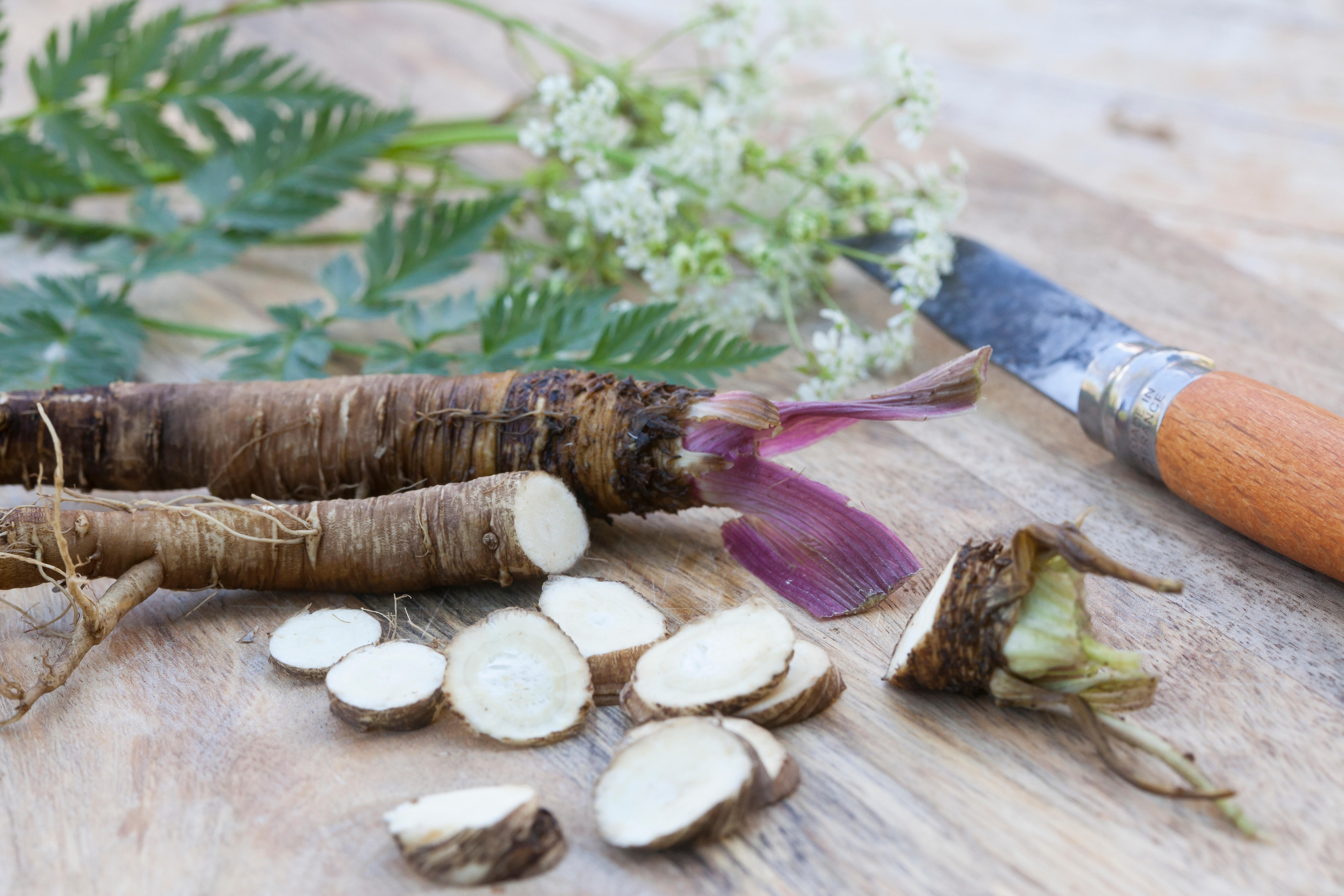
Credit: Alamy
The 'underground treasures' which are like a gardener's game of chicken — hold your nerve, and the pay-off is spectacular
Growing plants specifically to harvest their roots takes faith, patience and nerve, explains Mark Diacono, but it's well worth the
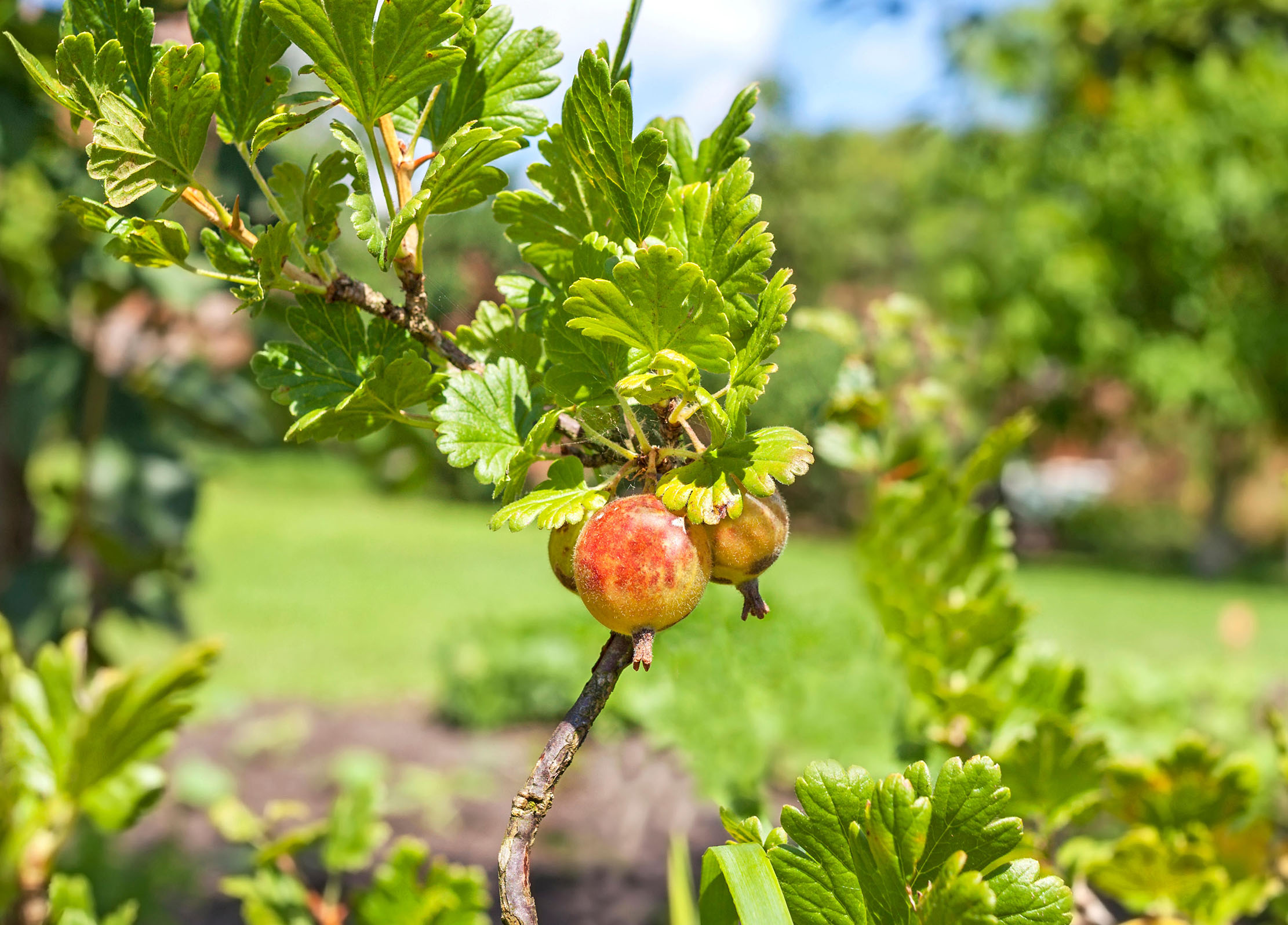
How to grow gooseberries: What to plant, how to look after them, and best ways to enjoy the harvest
Mark Diacono explains everything you need to know about gooseberries, the fruit 'that's really two fruits in one'.
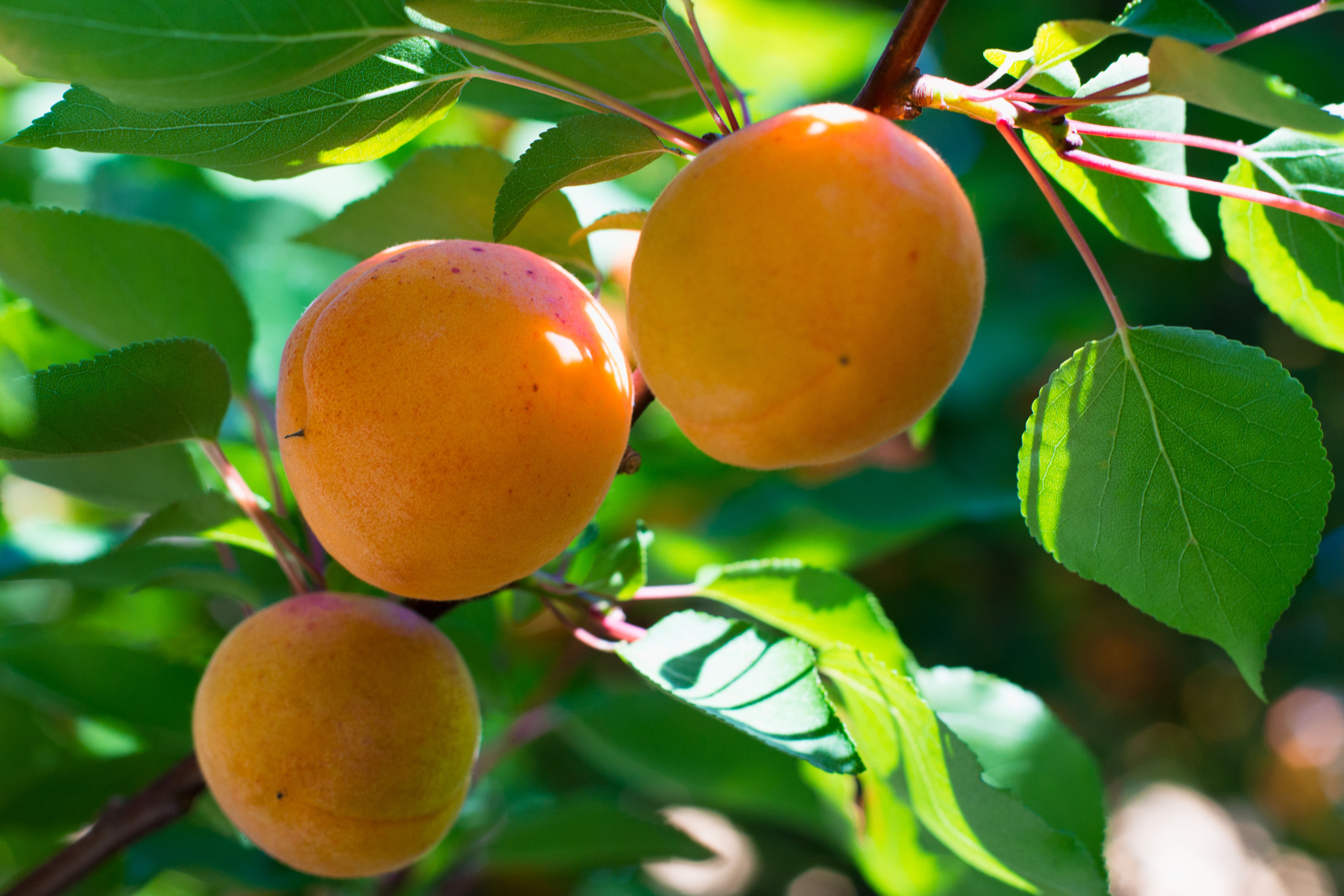
Credit: Alamy
How to grow your own apricots and enjoy 'deep, honeyed richness' far beyond what you'll find in the shops
Mark Diacono hasn't eaten a fresh apricot from a supermarket in years — here are his tips on how to grow
Mark is lucky enough to spend most of his time eating, growing, writing and talking about food. He has written fourteen award-winning books, including A Year at Otter Farm and A Taste of the Unexpected (both won Food Book of the Year, and Garden Book of the Year). Known for growing everything from Szechuan pepper to pecans to Asian pears, Mark's refreshing approach to growing and eating has done much to inspire a new generation to grow some of what they eat. He was involved in the early days of River Cottage, appearing in the TV series, and writing four River Cottage books. Mark writes to a global audience on his best-selling Substack: Mark Diacono’s Abundance.
-
 This watch was worn by the first woman to swim the English Channel, changing the horological world forever. Now it's going under the hammer
This watch was worn by the first woman to swim the English Channel, changing the horological world forever. Now it's going under the hammerThe early Rolex Oyster was worn by pioneering cross-Channel swimmer Mercedes Gleitze in 1927.
-
 Eccentric, awe-inspiring and a home-from-home for literary giants: Why the London Library is an institution like no other
Eccentric, awe-inspiring and a home-from-home for literary giants: Why the London Library is an institution like no otherThe London Library is celebrating 180 years in St James’s Square.
